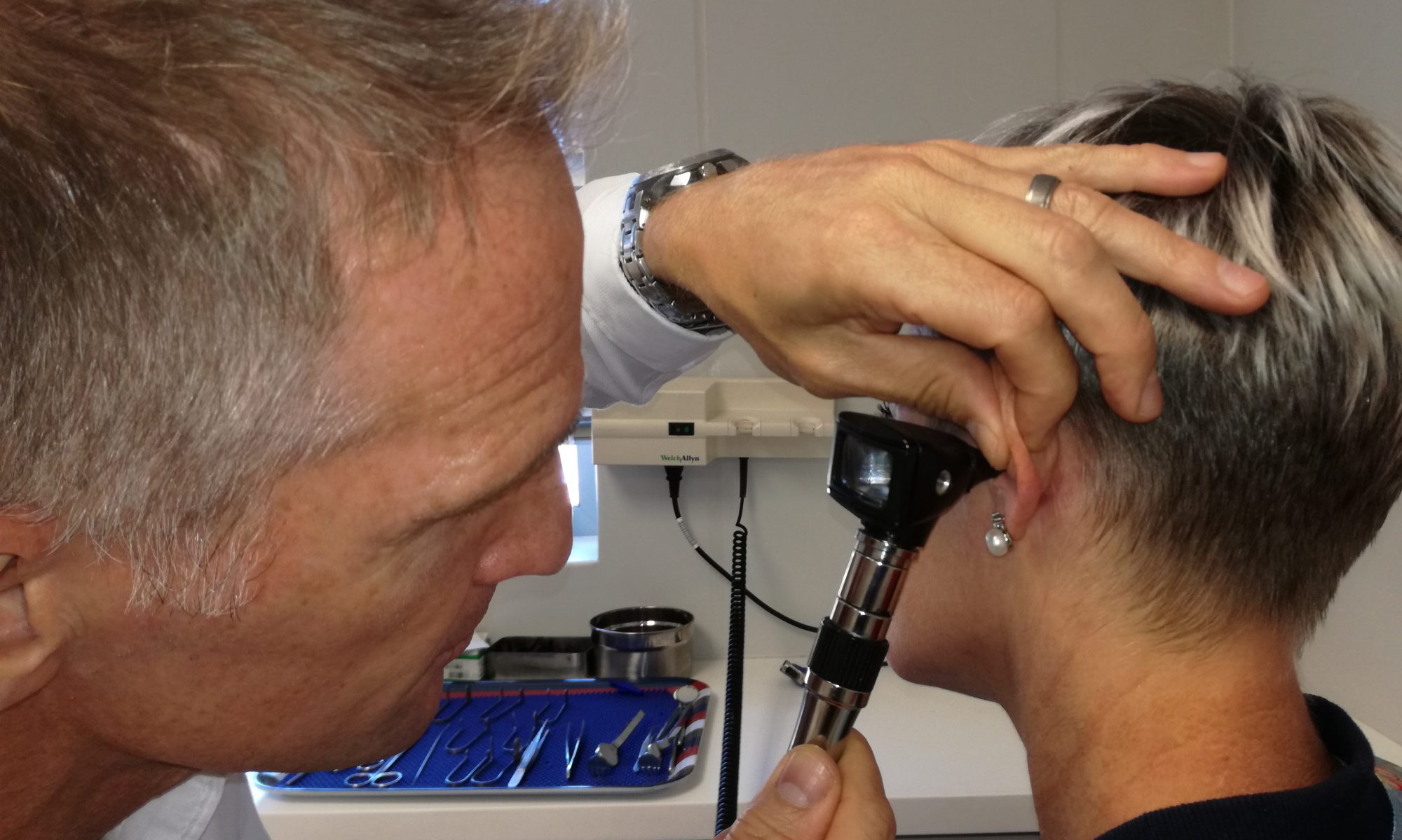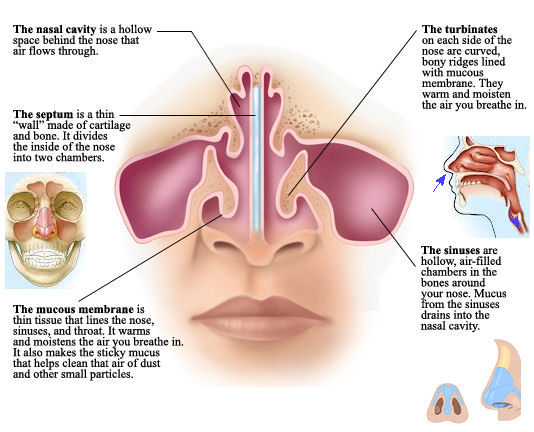Common operations of the nose
- Septoplasty – correction of a deviated septum (central part of nose). These patients have a chronically blocked nose due to obstruction by bone or cartilage.
- Rhinoplasty – Correction of a deviated nasal bridge, humps, saddle noses or other deformities of the bridge.
- Septorhinoplasty – combination of the above.
- Turbinectomy – reducing the size of the turbinates in the sides of the nose. These patients also present with a chronically blocked nose.
- Fess – Functional endoscopic sinus surgery. Removal of diseased mucosa and polyps, clearing of obstructed sinus openings etc. There is a wide variety of procedures that resort under this heading.
- Nose operations are mostly done under general anesthesia – the patient will thus not be aware of any pain during the procedure.
Potential Complications
Structures such as they eyes, tear ducts, nerves, blood vessels and meninges (sheaths covering the brain and containing brain fluid) are all in the vicinity when working in a nose. Any of these might be injured, depending on the type of operation being done. Your doctor will be able to give you a good idea of whether these risks are pertinent in your procedure.
After the surgery
After any nasal surgery the nose might feel blocked for a few days to a week due to swelling in the area.
Nasal plugs may be placed in the nose after surgery to control severe bleeding. In most cases however, we try to not use this.
There may be a watery or bloodstained discharge from the nose which can be controlled by using cotton wool or gauze.
Do not rub or scratch the nose as this may cause damage.
Use only the rinse and sprays that has been prescribed by your doctor to clear the nose. Under no circumstances should you blow your nose.
Severe bleeding can be controlled by local pressure to the nose. You should contact your doctor as soon as possible or go to casualties for help.
Follow-up visits will be scheduled after surgery.
More detail about procedures can be discussed with your doctor.


